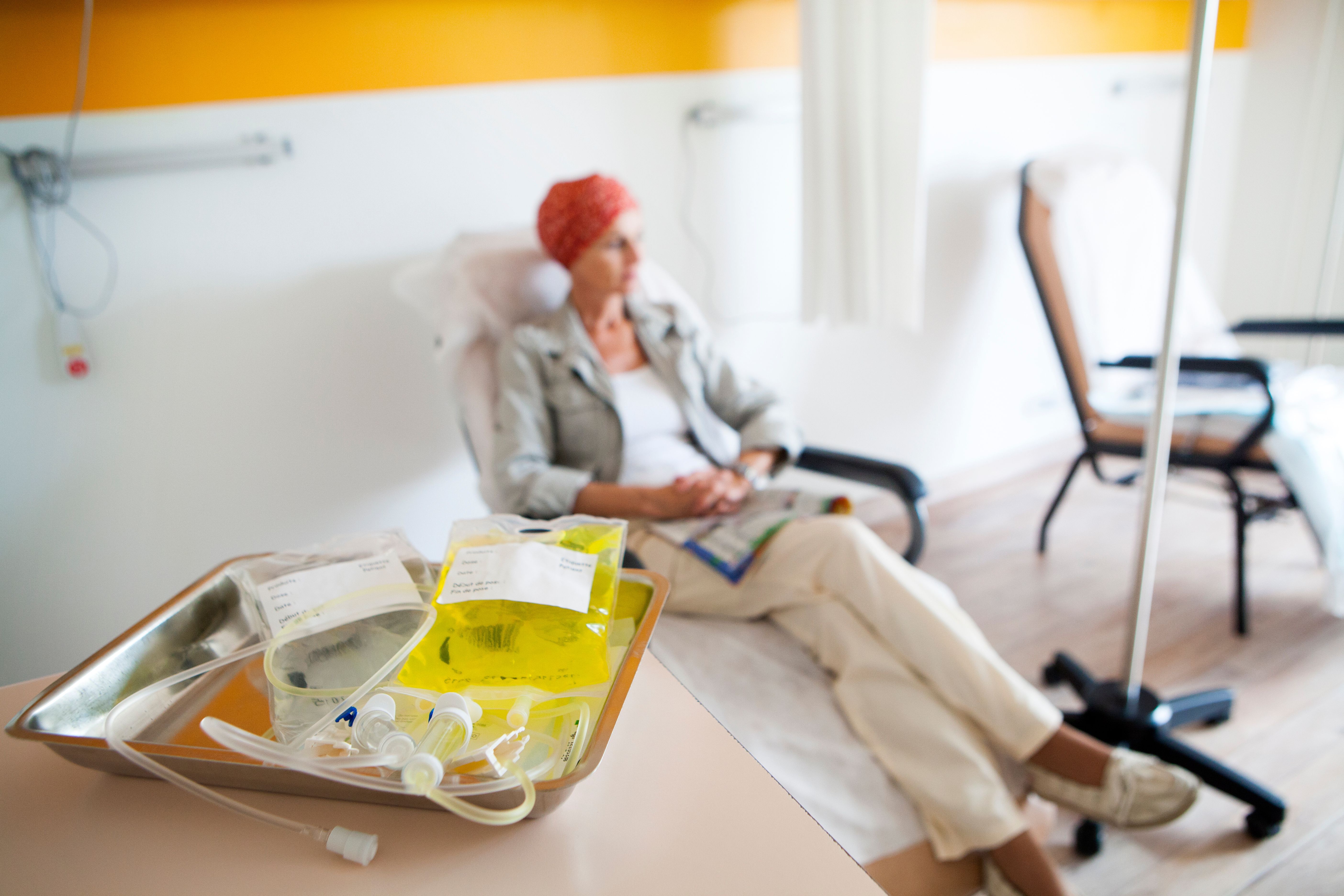Article
As More Seniors Turn to At-Home Care, CMS Must Recognize Medical At-Home Pharmacy Services
Author(s):
Nearly half of community pharmacies offer long-term care services and play a critical role in ensuring patients have immediate access to medications in long-term care settings.
More than 80% of Americans over 50-years-old want to remain in their homes as they age, according to AARP. For any number of reasons, many patients and caregivers prefer not to enter a nursing facility unless necessary.
This demand for at-home care was on the rise before the deadly coronavirus outbreaks in nursing facilities across the county. It’s reasonable to assume that looking beyond the pandemic, demand will only continue increasing as seniors who need specialized care continue to socially distance due to their elevated risks and vulnerabilities.
Nearly half of community pharmacies offer long-term care services and play a critical role in ensuring patients have immediate access to medications in long-term care settings.
They provide specialized at-home care to patients who might otherwise be in a nursing home due to their need for extra clinical services.
These pharmacies routinely provide emergency support and services to the homebound, such as specialized packaging with home delivery, regular communications with prescribers, medication adherence programs, and value-based comprehensive medication management, working with homebound patients’ core interdisciplinary team.
However, the Centers for Medicare & Medicaid Services (CMS) does not currently recognize pharmacy medical at-home services, even though the National Council for Prescription Drug Programs (NCPDP) has developed a patient residence code for these types of services. The NCPDP telecommunication standard D.0. includes the patient residence code 384-4X, where "home" is listed as a value option, along with "skilled nursing facility," "nursing facility," and "assisted living facility."
"Home" is defined as a location other than a hospital or other facility where the patient receives drugs or services in a private residence.
The medical at-home model represents a shifting population of patients preferring to receive the same valuable care that they would receive in a long-term care facility but in their homes, which is a lower-cost environment. CMS’ Independence at Home Demonstration showed savings of $9.1 million in its third year, once incentive payments to practices were taken into account. As medical care at-home prevents costly hospital visits and provides chronically ill seniors with quality care, it lowers health care costs.
The National Community Pharmacists Association appreciates that CMS requires certain pharmacy services to be offered to skilled nursing facility patients. However, to appropriately service patients, the agency must also recognize medical at home pharmacy services.
To indicate that medical at-home services are comparable to covered long-term care services under Medicare Part D, CMS should issue guidance formally recognizing patient residence code 1 (home) with level of service 7 (medical at home), along with pharmacy type of 5 for long-term care, at the same level as patient residence code 3 (nursing facility) or 9 (intermediate care facility/mentally retarded).
Long-term care pharmacists, working with homebound patients and their core interdisciplinary team, will limit hospital readmissions, contain health care costs, and respond to the shifting paradigm over volume services.
Until CMS recognizes medical at-home pharmacy services, however, pharmacy benefit managers will not change their payment structures for these services for Medicare Part D beneficiaries. CMS’ formal recognition of these services will help promote value-based patient care and increased savings to the health care system.
Douglas Hoey, pharmacist, MBA, is CEO of the National Community Pharmacists Association, which represents over 21,000 independent pharmacies across America.
Newsletter
Stay informed on drug updates, treatment guidelines, and pharmacy practice trends—subscribe to Pharmacy Times for weekly clinical insights.






